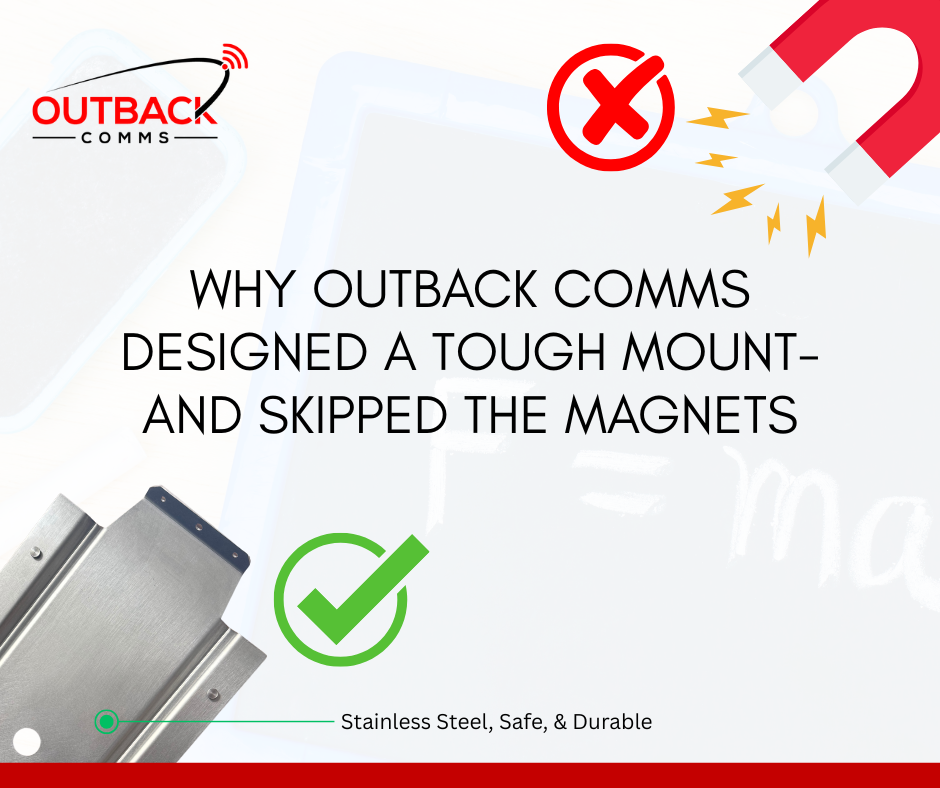Rising Safety Concerns Over Magnetic Mounting of Starlink Dishes on Vehicles:
In recent months, more Starlink users have embraced the convenience of mounting their satellite dishes on vehicles using high-powered magnets. This method, although seemingly practical (and has its place in some cases), raises significant safety concerns, vehicle damage risks, and potential theft issues. While the idea of using magnets for mounting appears simple and efficient, the risks associated with this mounting method cannot be ignored.
The Dangers of Detachment in an Accident
One of the most pressing concerns with using magnets to secure a Starlink dish on a moving vehicle is the risk of detachment during an accident. Magnets, even the high-powered variety, are not designed to withstand the immense forces generated in a sudden stop, crash, or maneuver.
At highway speeds of 100 km/h, a Starlink dish mounted using magnets faces substantial wind resistance and vibrations. In the event of a collision, a large rock thrown up from a passing truck or vehicle that impacts the dish, or even hitting a large pothole, the dish could detach from the vehicle. When this happens, the dish could turn into a high-speed projectile.
Flying through the air, this detached satellite dish could cause serious harm to passengers, pedestrians, other drivers, or vehicles on the road. A dish that detaches in motion poses a deadly risk, turning a harmless piece of technology into a dangerous projectile with the potential for catastrophic consequences.
Vehicle Damage and Wear and Tear
Aside from the immediate danger posed by a loose dish, magnetic mounts can also inflict long-term damage to the vehicle. The constant vibrations and movement from driving can cause slight shifts in the magnet's position. This, in turn, creates friction that can scratch the vehicle's paint.
Moreover, magnets tend to attract metal debris, which can get trapped between the dish and the car’s surface. Over time, this debris buildup leads to deeper scratches, potentially causing corrosion. The long-term damage may significantly reduce the vehicle's resale value, as rust and paint deterioration are costly to repair.
"Many people don’t realize that even small movements from a magnet can slowly wear away the protective paint layer," said an automotive repair specialist. "Once the paint is compromised, rust can start forming, leading to long-term damage."
Increased Risk of Theft
Another major downside of using magnets to mount a Starlink dish is the increased risk of theft. Unlike permanent mounting solutions that require tools and effort to remove, a dish mounted with magnets can be taken in mere seconds. This makes it a prime target for opportunistic thieves.
Given that Starlink dishes are valuable pieces of technology, they become an easy target for anyone passing by. Without a secure mounting system, anyone could simply lift the dish off the vehicle and walk away, leaving the owner with a significant financial loss and no recourse for recovery.
The Secure Solution: Professionally Designed Mounts
There is an alternative to the risks associated with magnetic mounts: professionally designed, secure mounting solutions. Companies like Outback Comms offer robust, permanent mounting systems that are specifically designed to handle the harsh Australian climate and the forces involved in vehicle accidents. These units are built to extreme conditions, ensuring both safety and stability.
Secure mounts such as roof racks, bolt-on brackets, and lockable mounts provide far greater stability for highway driving. They also offer much better protection against theft. In contrast to magnets, which can be removed easily, these permanent systems require tools and effort to dismantle, making it significantly harder for thieves to steal the dish.
Many customers opt to have these professional mounts bolted onto their vehicle’s roof racks or tool box canopies, a solution that doesn’t compromise the vehicle’s resale value. These mounts are designed to be sturdy, secure, and reliable, offering peace of mind when driving at high speeds or parking in public areas.
Conclusion: Safety First
While magnets can be a convenient and temporary solution for Starlink dish installation, for day parking or off road low speed activities, the risks associated with this mounting method far outweigh the benefits, particularly when it comes to using the dish while in motion on highways.
For the safety of yourself, your passengers, and other road users, as well as the protection of your vehicle and investment, it’s wise to opt for a professionally designed mounting solution. These systems provide the security, stability, and peace of mind that magnetic mounts simply cannot offer.
After all, when it comes to your safety and your investment, why take chances?

